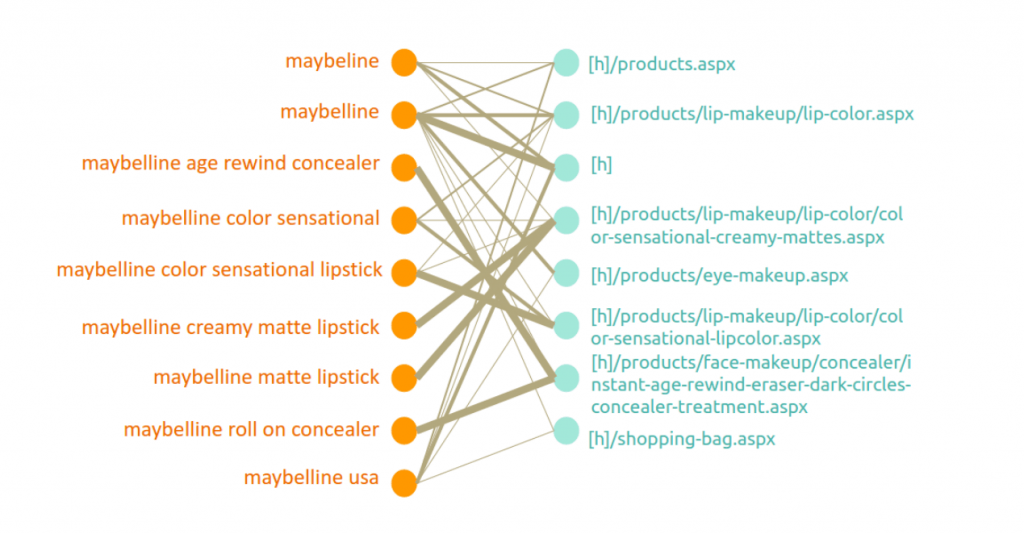
What is Keyword Stuffing?
Keyword Stuffing is a technique of inserting word phrases (unnecessarily) you want to rank for in the content of your website. Another measure for this is called Keywords Density.
Most of the SEO plugins are able to measures the number of times a phrase is repeated throughout the content and they called it Keywords Density. The general understanding is if you are trying to rank for a keyword, measure sure they are repeated throughout the content but not too much to the extent of spamming.
During my early days of learning and practicing SEO for my SEO clients, keyword stuffing was something I would actively work on to ensure my projects rank.
For example, if I am targeting “SEO Singapore” as a keyword, I will ensure that the exact same phrase “SEO Singapore” will appear in the meta title, meta description, headings, content, images’ alt text of the page.
Keyword Stuffing does not really work anymore
It used to work 2-3 years ago.
During that time, I could observe a significant increase in my SEO projects’ rankings after I performed keyword stuffing on the websites. But the improvements did not last, and the rankings began to drop over time.
At that time, I was confused, however, I grew to understand that to be good in SEO, I must be adaptive to changes and understand the mechanics on a deeper level.
I started to dig around and I started to ask a lot of “why’.
Then I realized I need to understand the importance of LSI Keywords.
What are LSI Keywords?
First, we need to know about LSI keywords, which means Latent Schematic Indexing. LSI is a method that Google uses to identify the context, the topic about the content.
You can read more about LSI here at Backlinko’s blog.
But one of the key lessons that I’ve learned is not from Backlinko’s blog but from a Google’s white paper published in 2016 titled “Improving topic clustering on search queries with word co-occurrence and bipartite graph co-clustering”.
You do not have to read the whole paper, just read the title – 2 keywords: Co-occurrence and Bipartite Graph Co-Clustering.
What is Co-occurrence?
Co-Occurrence is the technique of clustering words to canonicalize variations, including misspelled and plural forms as well as to remove stop words and generates topics by looking for words that co-occur frequently with topic anchors in the given set of queries.
What is a Bipartite Graph?
A bipartite graph, also called a bigraph, is a set of graph vertices decomposed into two disjoint sets such that no two graph vertices within the same set are adjacent

Source from http://mathworld.wolfram.com/BipartiteGraph.html
To put it simply, it is 2 sets of data and how are they being put together to propose a relationship. Note: it is not how they are related to one another.
In the example below, we can see the author had used queries and URLs as separate nodes. They then used impressions and clicks data to measure “edge weights” and induce query similarities.

With both techniques, we can infer that
-
- We do not have to be bothered about the exact phrasing of the keywords. We just need to ensure different parts of the phrase is appearing near to one another.
- Impressions and clicks data are important in Google to determine the topic cluster of your content. The older the content is, the more likely it will be able to rank higher.
- Maybe we can make the ranking rises faster by leveraging on AdWords, so Google will be able to collect more impressions and clicks data.
Don’t stuff keywords. Stuff value.
Finally, the second lesson that I learned from this experience is to be focused on delivering value, information that helps the reader. Think deeper about what will readers like to learn more about the topic you are writing.
- Why Keyword Stuffing Doesn’t Work Anymore and 2 Lessons That I Have Learnt - April 22, 2019
- How to find the best SEO company for you in 10 minutes? - February 11, 2019
- How We Become an SEO Specialist? - February 7, 2019


